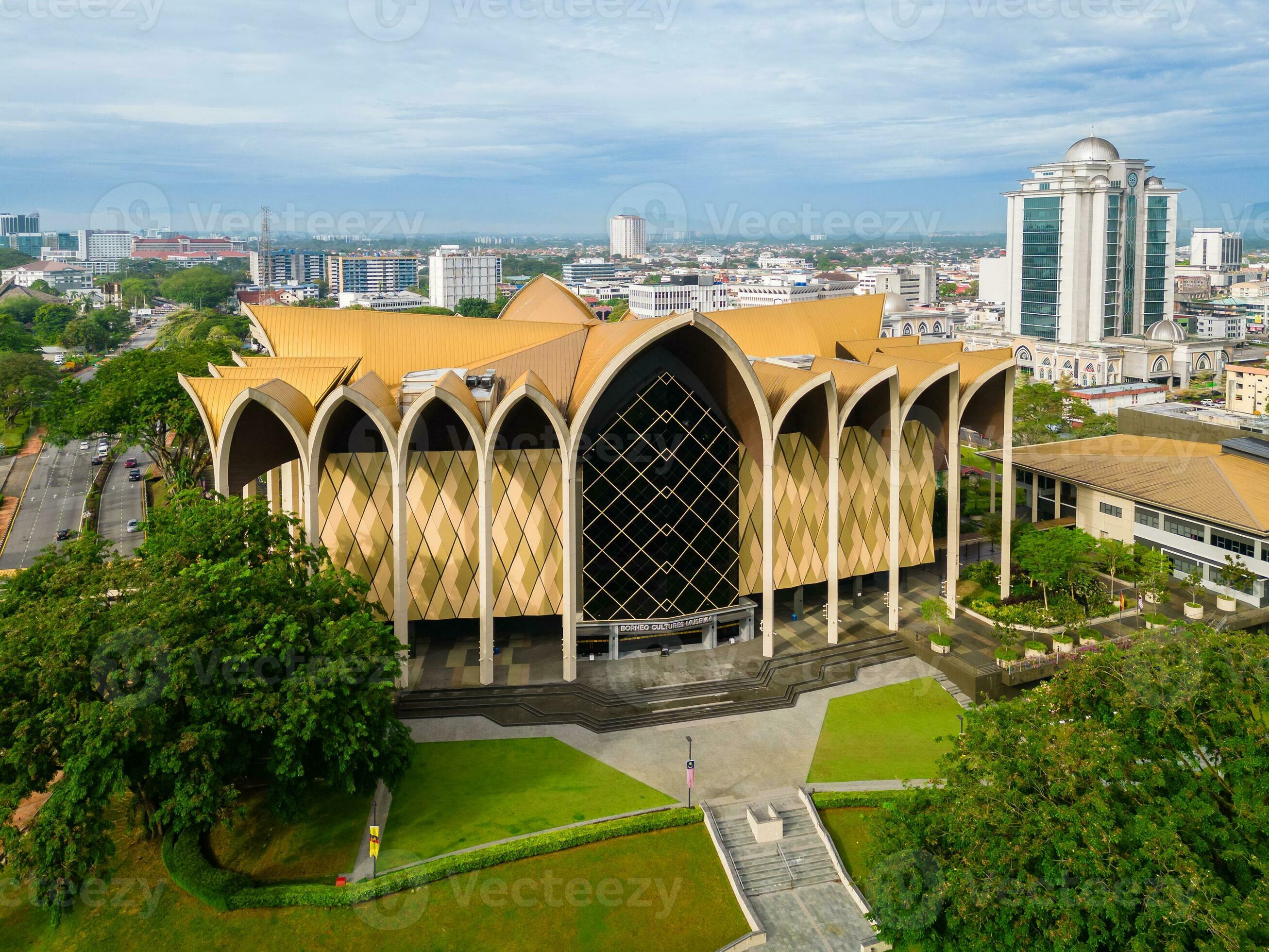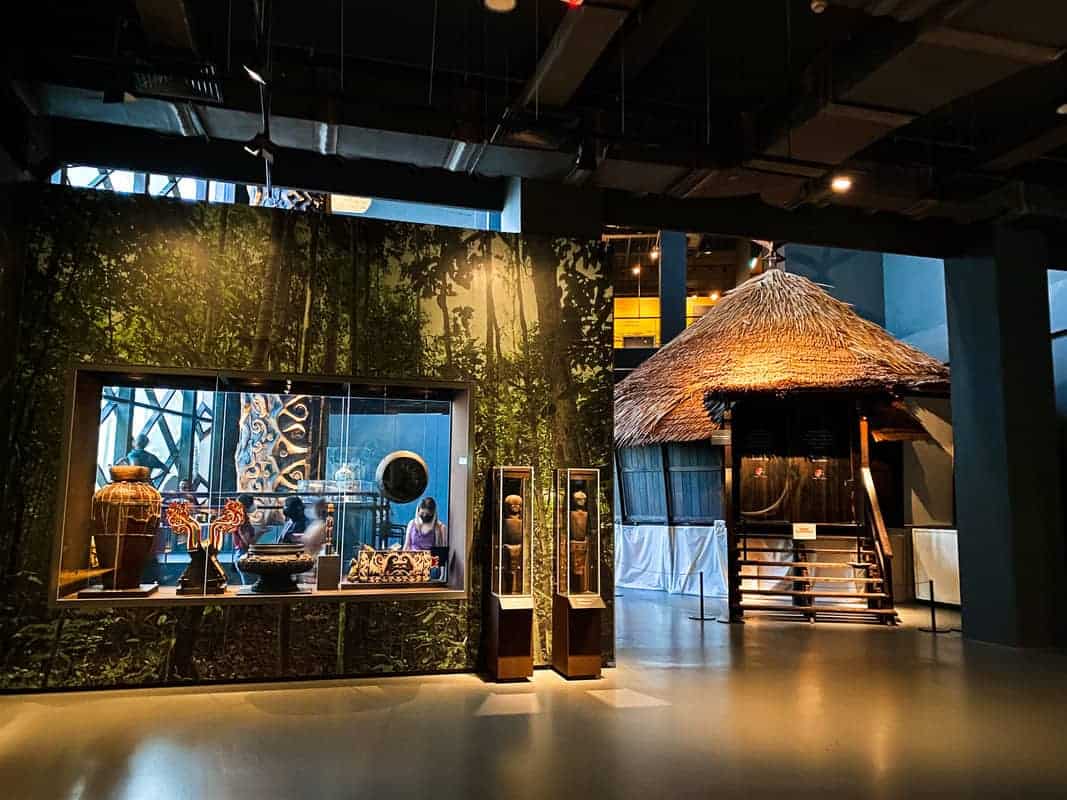Discover the Rich Heritage at Borneo Cultures Museum
Discover the Rich Heritage at Borneo Cultures Museum
Blog Article
Delve Into the Remarkable World of Borneo's Cultural Heritage: A Comprehensive Guide to the Cultures Museum Experience
Submersing oneself in the intricate tapestry of Borneo's social heritage is comparable to starting a trip via time and tradition. The blend of indigenous people, traditional handicrafts, fascinating efficiencies, and historical stories housed within the boundaries of the island's museums offers a peek into a globe including lively personalizeds and extensive traditions. As site visitors go across via these databases of culture, they are beckoned to discover a realm where past and present intermingle, welcoming consideration on the durability and splendor of Borneo's varied heritage.
Aboriginal People of Borneo
Borneo is home to over 50 native tribes, each with special social practices and traditions that have actually been preserved for generations. Amongst these tribes are the Iban, recognized for their detailed tattoos and traditional longhouses where numerous families reside. The Dayak people, another famous team, participate in fancy spiritual events and are skilled artisans, crafting complex wood makings and woven fabrics. The Penan tribe, on the various other hand, are nomadic hunter-gatherers with a deep connection to the rain forest, making use of blowpipes for hunting and gathering wild plants for sustenance.
These indigenous tribes play an essential role in maintaining Borneo's rich social tapestry. In spite of outside impacts and innovation, numerous tribes continue to support their beliefs, languages, and personalizeds. Visitors to Borneo have the chance to engage themselves in the special way of lives of these people through social scenic tours, homestays, and community-based tourist initiatives. By engaging with these indigenous areas, site visitors can acquire a deeper recognition for the diversity and resilience of Borneo's indigenous heritage.
Typical Inventions and Artifacts

One noticeable example of standard inventions in Borneo is the production of woven goods - Borneo Cultures Museum. Knowledgeable weavers utilize all-natural fibers like pandan, rattan, and bamboo delegates create elaborate baskets, floor coverings, and devices decorated with vivid patterns that hold symbolic meanings within the neighborhood
The art of woodcarving is an additional substantial aspect of Borneo's typical inventions. Artisans carve complex designs into various sorts of timber to produce masks, sculptures, and music instruments that not just serve functional purposes but also hold cultural significance, often showing mythology or spiritual ideas.
Moreover, Borneo is renowned for its beadwork, with artisans diligently crafting grains from products like glass, seeds, and coverings to produce precious jewelry, apparel embellishments, and decorative products that display the area's vivid visual traditions. These standard handicrafts and artifacts not only act as tangible expressions of Borneo's cultural heritage but additionally offer insights into the areas' beliefs, worths, and way of living.

Social Performances and Festivals
With an ingrained connection to their cultural practices, the neighborhoods in Borneo come to life through dynamic cultural performances and celebrations that celebrate their heritage. These occasions display the rich diversity of Borneo's ethnic teams, each offering special dancings, music, and rituals that have been passed down with generations. One of the most prominent celebrations is the Gawai Dayak, celebrated by the Dayak individuals to mark the rice harvesting period. Throughout this event, traditional my company songs loads the air, detailed dances are carried out, and elaborate standard costumes are worn. An additional significant occasion is the Pesta Kaamatan, celebrated by the Kadazandusun neighborhood to appreciate for the rice harvest. This festival includes cultural performances, consisting of the Sumazau dancing, and typical sports like the bamboo dancing. Site visitors to Borneo can immerse themselves in these festivities, obtaining a deeper understanding of the region's cultural heritage and experiencing the cozy hospitality of its individuals. Social performances and celebrations work as a lively tip of Borneo's rich social tapestry and the significance of protecting these traditions for future generations.
Historic Narratives and Artefacts
Discovering the historic stories and artefacts of Borneo offers a fascinating glimpse right into the area's abundant past and social development. Borneo's historical tapestry is woven with diverse impacts, reflecting the interactions between aboriginal people, Chinese traders, European colonizers, and Malay sultanates. The artefacts found in Borneo showcase this detailed history, ranging from standard crafts like elaborate beadwork and woodcarvings to historical treasures such as ancient pottery and devices.
Among the most compelling facets of Borneo's historical narratives is the conservation of dental traditions gave through generations. These stories provide understandings into the ideas, custom-mades, and day-to-days live of Borneo's citizens throughout the centuries. In addition, the artefacts discovered from historical sites offer substantial connections to these stories, enabling site visitors to witness the material society of past cultures firsthand.
Contemporary Cultural Conservation Efforts

Additionally, curricula and cultural exchange activities play an essential role Learn More in increasing recognition regarding the value of preserving Borneo's unique social heritage. By involving institutions, museums, and the wider area in conversations and activities that celebrate Borneo's diverse societies, conservation efforts can obtain energy and assistance for long-lasting sustainability. Collaborations in between governmental bodies, non-profit organizations, and regional communities are important in driving these preservation ventures forward, guaranteeing that Borneo's rich social heritage remains vivid and treasured for generations ahead.
Conclusion
Finally, the social heritage of Borneo is rich and varied, with native tribes, standard handicrafts, cultural efficiencies, celebrations, historical stories, and modern conservation initiatives all adding to its originality and significance. Site visitors to Borneo's cultural museums can obtain a much deeper understanding and gratitude of the area's cultural heritage, enabling for an extra immersive and enlightening i loved this experience.
Submersing oneself in the complex tapestry of Borneo's social heritage is comparable to beginning on a trip through time and custom.With a deep-rooted connection to their social customs, the communities in Borneo come alive via dynamic social efficiencies and celebrations that commemorate their heritage. Social performances and celebrations offer as a vibrant tip of Borneo's rich cultural tapestry and the importance of maintaining these customs for future generations.
In addition, educational programs and cultural exchange tasks play a crucial function in increasing understanding concerning the relevance of preserving Borneo's one-of-a-kind cultural heritage. Collaborations between governmental bodies, non-profit organizations, and regional communities are necessary in driving these preservation undertakings onward, making certain that Borneo's rich cultural heritage remains vibrant and cherished for generations to come.
Report this page